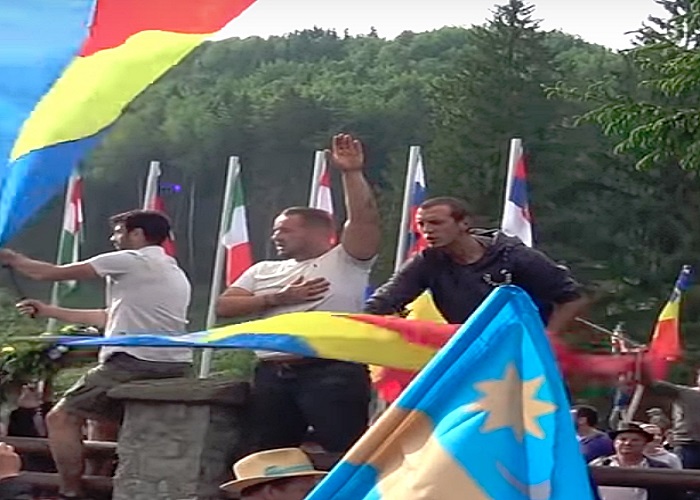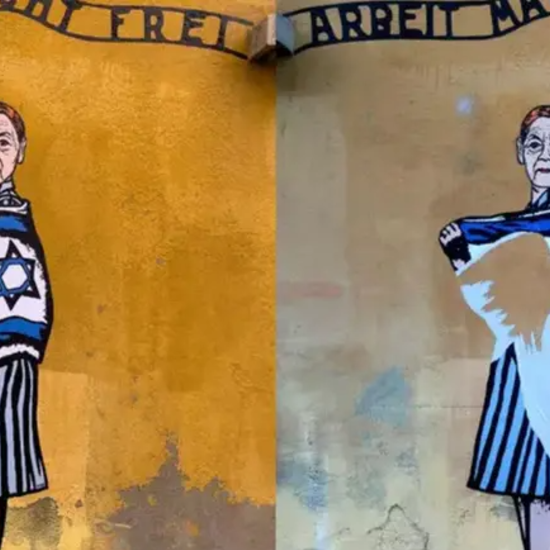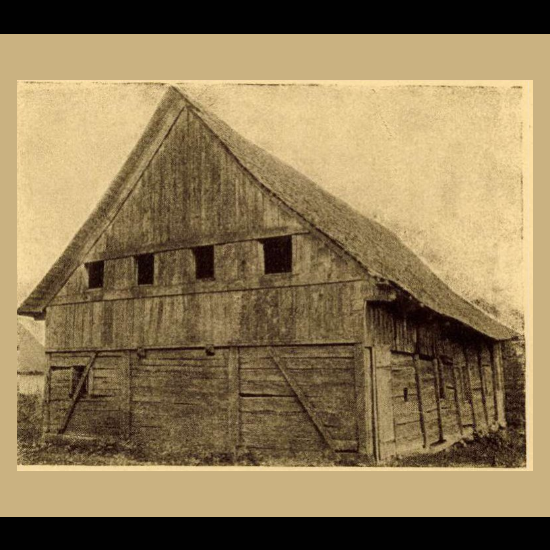Úz Valley: the anatomy of a conflict – Part I
2019. 07. 09. 14:11:14
Romania is no stranger to interethnic conflict. Consider the March 1990 clash between Hungarians and Romanians that led to the deaths of five people (two Romanians and three Hungarians), and close to 300 injured people. Fears of more conflict emerged in June when an unsolved border dispute between two settlements (Csíkszentmárton / Sânmartin Ciuc and Dărmănești) turned abruptly for the worse when the mayor of Dărmănești took unilateral action based on questionable documents. It shows how ethnic conflict in the region can provoke tensions that then lead to irreversible impact on both the Hungarian and Romanian communities. The series of events also raises troubling questions about double standards in the Romanian judicial system.
“Is there in Romania only one law, or two laws: one in Harghita County and another one in Bacău County? Are there in Romania first-class and second-class citizens?” asked Csaba Borboly, president of Harghita County Council, when asked by TransylvaniaNow. We reached out to the mayor of Dărmănești several times, but Toma Constantin wasn’t available for an interview because, according to his secretary, he is on an extended medical leave.
“I’m afraid. We cannot trust the justice system anymore,” a local mother told TransylvaniaNOW, “I have a grown-up son who wants to be there in the first line when it comes to protecting Hungarian rights, but considering that the gendarmerie punishes the participants of a peaceful demonstration and lets the vandals who tore down the cemetery gate go free, I’m getting the feeling that the justice system used a double standard.”













